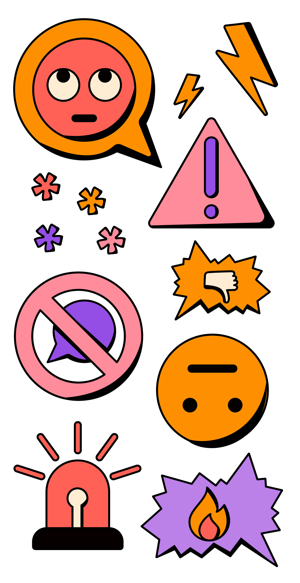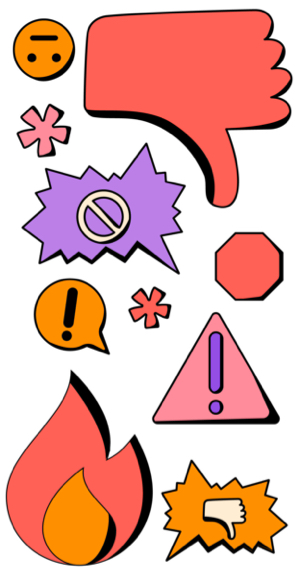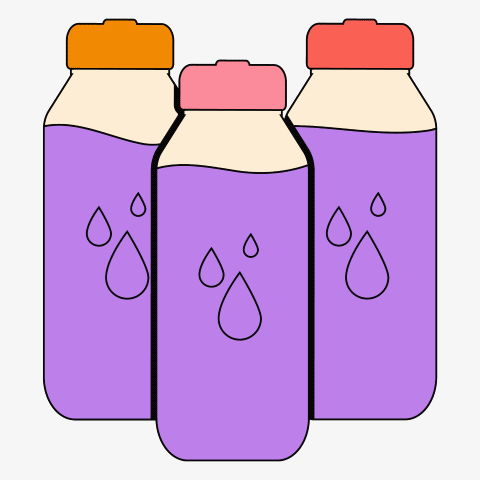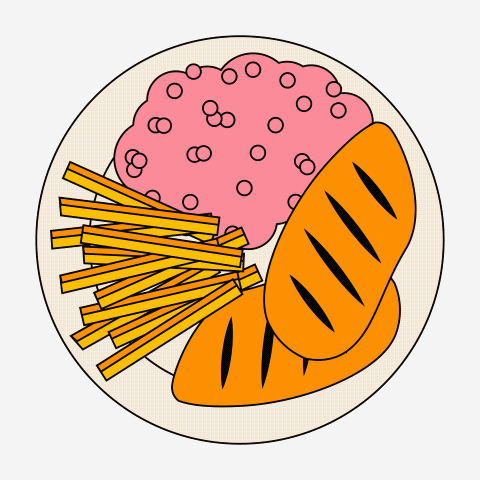Our Most Helpful Nutrition Tips for Managing T2D

Since your T2D diagnosis, an avalanche of nutrition advice has likely come your way. Eat more. Eat less. Do this, but never that. Information overload, right? At times, it can feel overwhelming, especially since most people can’t keep every slice of advice in their head each time they open the fridge door.
However, there are some tips that may be able to help. We asked our Type2Diabetes.com community about some of the best nutritional advice they’ve received. And they had a lot to share.



Why water matters
When living with diabetes, water intake is so important. Not only does it help keep blood sugars in check, but it also supports kidney health.
What’s best to drink? Fresh, purified water is always the way to go. Plain coffee and tea are other options. Have trouble drinking enough water each day? Get creative! Eat some fresh veggies – they’re loaded with water. Enjoy some soup. Carry a refillable bottle to sip throughout the day. Add mint ice cubes or cucumber slices to drinks to switch up flavors. The choices are endless.


“Water, water, water. I always monitor my water intake.”
– Type2Diabetes.com Community Member
Be an avid label reader
That salad dressing? Take a second look because it may be packed sky-high with sugars. And those granola bars? They may be loaded with the sweet stuff, too.
Talk about frustrating. You try to make healthier food choices only to be sabotaged by the secret sugars that sneak in. Sugar goes by a ton of different names. In fact, there are over 60 types of sugar commercially available. You practically need a decoder ring just to figure out what you’re eating.
What to do? Learning how to read nutrition labels is a good place to start. Get in the habit of scanning ingredients. By familiarizing yourself with the many aliases of sugar, you can readily ID it before tossing the item in your shopping cart.


“Just because it says sugar-free doesn’t mean it’s carb-free.”
– Type2Diabetes.com Community Member
All about portion control
So, you’re starting to master what to eat. But exactly how much of it should you eat? Sometimes, it can feel like your dinner plate is more of a math equation than a meal.
Figuring out portion control can be tricky, especially in a world where everything is jumbo this and supersize that. One tip: use your hand as a guide to estimate portion sizes. Learning how to listen to your body and having a dining-out game plan could also be helpful. And meal prepping is a great way to take the guesswork out of mealtime. With a little practice, you can find the right routine that works for you.


“Careful with serving sizes! We tend to underestimate and eat too much of the ‘good’ food that may not be all that good for us.”
– Type2Diabetes.com Community Member
The good news: you’re in control
Living with type 2 diabetes, there’s a lot to keep top of mind, especially when it comes to nutrition. As always, consult with your doctor before making any changes. With a little preparation and practice, you’re sure to find a routine that works for you.
